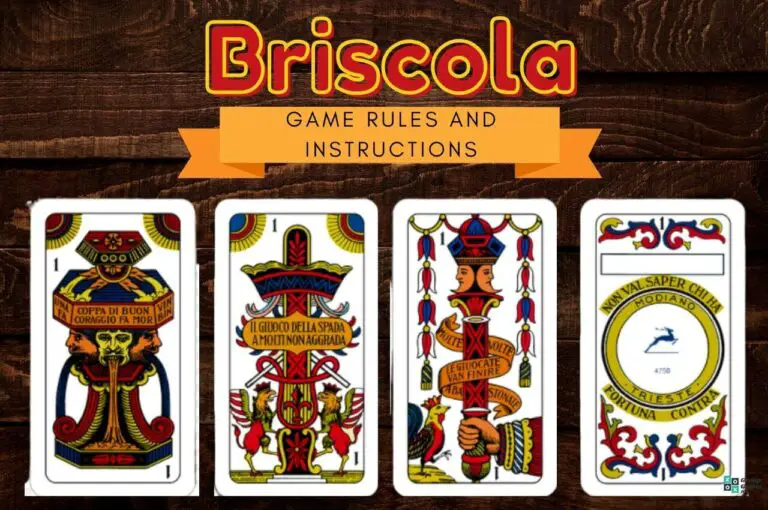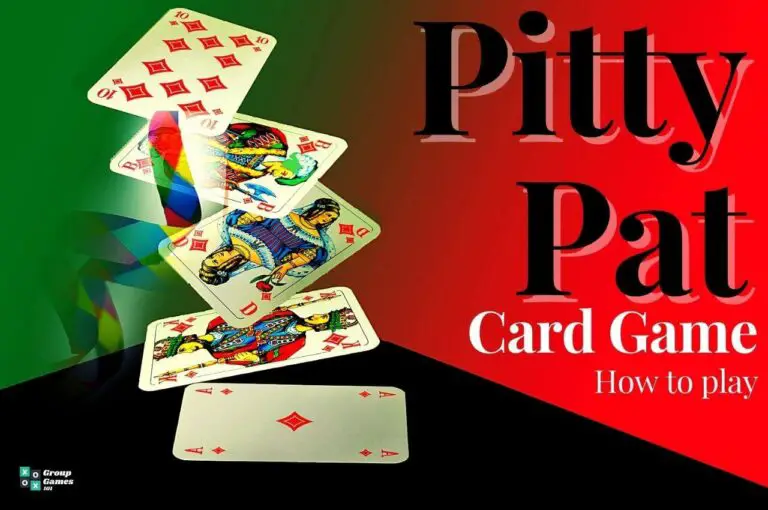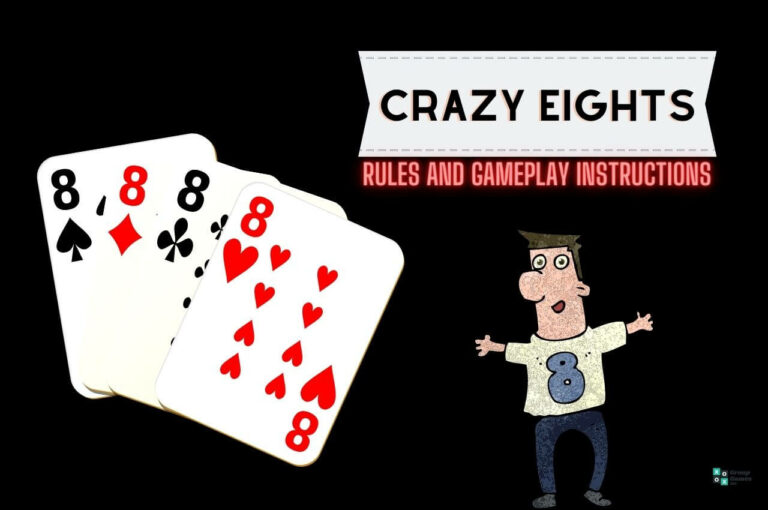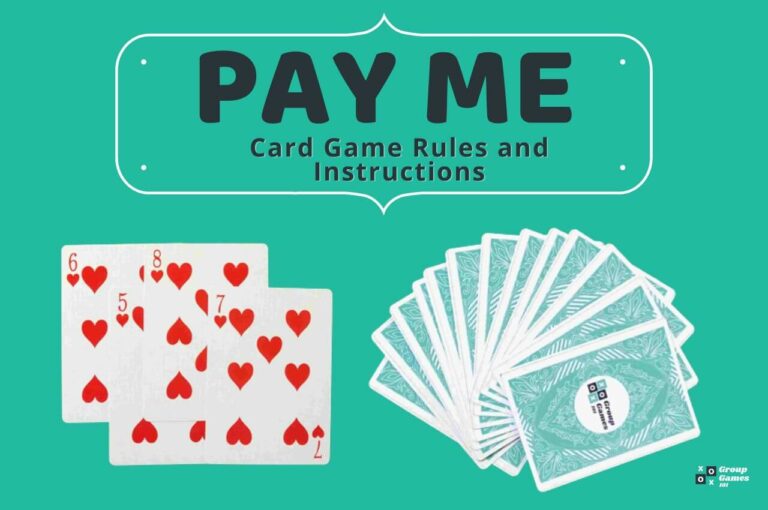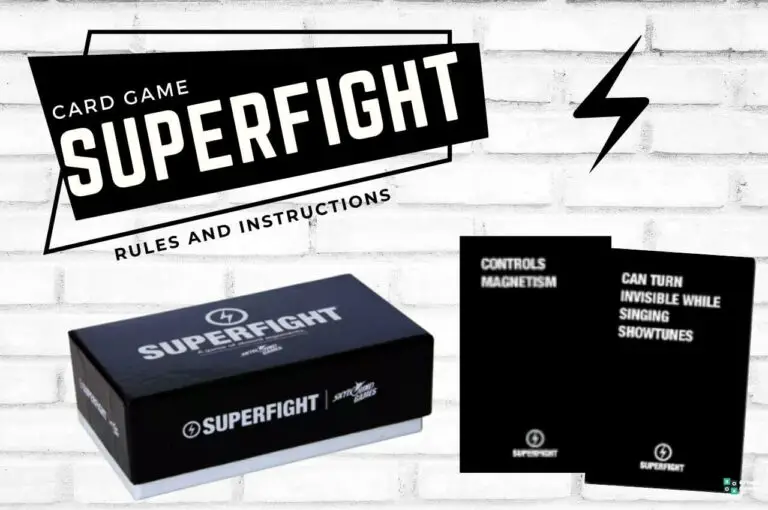If you’re after a card game that you can play with up to 35 players at once, then you’re in for a real treat with our guide to the Werewolf game rules.
Werewolves pose as villagers, and the villagers have the task of figuring out who among them is a werewolf whittling down the village numbers.
The game uses a unique day and night cycle during the game, and also encourages players to really take up the role of a villager to convince the others that they’re not the werewolf.
So if this game sounds of interest to you and you have the numbers to be able to play, then learn how to play Werewolf including instructions on the unique roles that each player will have.
What Is The Werewolf Game?
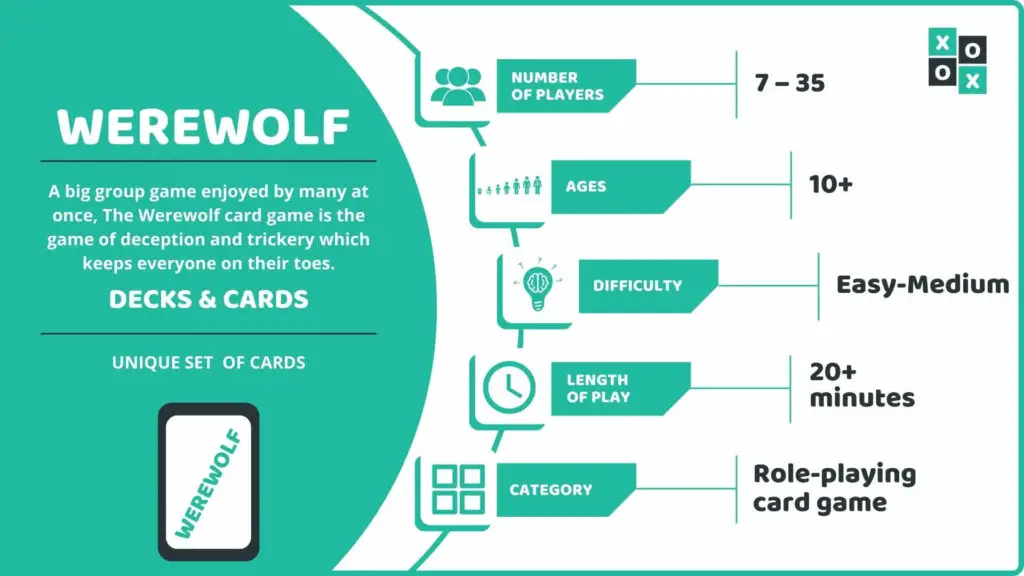
Werewolf is a role-playing card game where players need to figure out who is a werewolf posing as a villager while the werewolves slowly kill the villagers.
Best played in a large group, each player starts with a designated role which varies gameplay depending on the decisions that they make throughout the game.
Related: 50+ Big Group Games
Much discussion will take place through the game, and as players vote to eliminate others, there are no penalties for lying or tricking other players at all whilst playing.
Number of Players Required: 7 – 35 players.
Who Can Play It: Recommended ages 10+.
Difficulty: Easy-Medium
Length of Play: 20 minutes+.
Similar to: Secret Hitler; Dead of Winter; Mafia the Party Game
Main Objective: If you’re a villager, then you need to ‘kill’ the werewolves; if you’re a werewolf, then your task is to eliminate the villagers.
Why We Love It: A big group game enjoyed by many at once, The Werewolf card game is the game of deception and trickery which keeps everyone on their toes.
Playing The Werewolf Game – What You’ll Need.
Before you can play The Werewolf card game, you’ll first need to buy the Werewolf card game set, which includes:
- 20 Villager cards
- 10 Werewolf cards
- 8 Wild cards
- 2 Seer cards
- 2 Doctor cards
- 2 Moderator cards
- 2 Village Drunk cards
- 2 Witch cards
- 2 Alpha Werewolf cards
The role of moderator acts as the overseer of the game and will need to keep track of a lot of information throughout the game, so make sure they have a whiteboard and pen to help.
How To Set Up The Werewolf Card Game
There are a lot of cards with different roles on them, although only some of them will get used within the basic rules that our guide will cover.
The basic game uses Werewolves, Villagers, a Seer, a Doctor, and a Moderator, with the rest of the card used for advanced rules for those who are experts at the game.
Set-up does depend on the number of players you have – for a minimum of 7 players, you’ll need to have:
- 1 Moderator;
- 2 Werewolves;
- 2 Villagers;
- 1 Seer;
- 1 Doctor.
Seers and Doctors also count as Villagers, and as a rule of thumb, you need roughly 1 Werewolf for every 4 Villagers starting with a minimum of 2 Werewolves.
Have the moderator randomly shuffle the character cards and hand 1 to each player – at this stage, they should not reveal their role to anyone else except the Moderator.
Once everyone has a role, the game can begin.
Werewolf Game Rules
Before you begin, make sure that everyone is aware what their role means and how it can affect gameplay.
Character Roles
Basic Character Roles
- Moderator – Runs the game; they know each player’s role and sets the time limit for each day and night. Also runs voting and decides when each vote takes place.
- Villagers – Tries to work out who in the group is posing as a Werewolf by working out contradictions and flaws in other players’ stories.
- Werewolves – In the night portion of the game, they work together to discuss which villager gets killed off whilst posing as a villager during the day.
- Seer – A villager who can see which person is a werewolf. When the moderator wakes the Seer up in the night, they point to a player, and the moderator must reveal if they are a werewolf.
- Doctor – Can heal either themselves or another player when the moderator wakes them up in the night.
Advanced Character Roles
Use these if you have a larger number of players within your group and you would like to make the game more interesting.
- Village Drunk – A villager who can only communicate with non-verbal responses; if they talk during the day, then they automatically get killed during the night.
- Witch – The Witch is a villager who can bring 1 player back from the dead and poison 1 player during the night. They can only do both actions once throughout the game.
- Alpha Werewolf – Designated to 1 of the werewolves, the Alpha must say the word ‘werewolf’ at least once per day, and the moderator needs to hear it. If they don’t, then they automatically die in the night.
- Wildcard – A blank card so you can come up with your own roles and rules.
Starting the Game
The game starts with the Moderator announcing that it’s nighttime.
The game cycles between day and night, with the moderator deciding when each is over by setting a time limit for each cycle.
During the night, all players need to slap their knees or table and stomp their feet so that all talking gets hidden, and all players must have their eyes shut.
Once the moderator is happy that it’s noisy enough for the first night cycle to begin, they announce the start of the game.
How to Play The Werewolf Card Game
Night Cycle
Throughout the night, all players must be silent and must continue to bang their knees or table, or they’ll give their character away to other people within the group.
The game starts with the werewolves picking their first victim:
- The Moderator starts the game by announcing ‘Werewolves, open your eyes.’
- The players who drew a Werewolf card open their eyes and acknowledge which other players are also werewolves, revealing themselves to the Moderator.
- The Moderator notes down the werewolves and announces, ‘Werewolves, choose another player to kill,’ the werewolves silently point to a player to kill and agree on one.
- As soon as the moderator can see which player gets chosen, he announces ‘Werewolves, close your eyes’ to end their portion of the night cycle.
After the werewolves have had their turn, next to go is whoever has the Doctor card.
- The Moderator asks, ‘Doctor, open your eyes’ to signal to the group that it’s now the Doctor’s turn.
- They then ask, ‘Doctor, who would you like to heal?’ and the Doctor must point to a player or themselves to signify who they would like to save.
- Once confirmed, they then say, ‘Doctor, shut your eyes’ to end the Doctor’s turn. If the Doctor chooses to save the same player who the Werewolves picked, then that person gets saved.
Once the Doctor’s turn is over, it goes over to the Seer.
- Like before, the Moderator needs to ask, ‘Seer, open your eyes’.
- They then ask the Seer to ‘pick someone to ask about.’ The Seer will point to 1 player, and the Moderator will give a thumbs up if they pick a werewolf or thumbs down if they pick a Villager.
- Once confirmed, the Moderator will announce ‘Seer, close your eyes’ to signify the end of the Seer’s turn and the end of the night cycle.
The Seer now has knowledge that they can either share with the rest of the group or keep to themselves as there aren’t any rules about them having to share information.
Day Cycle
The Moderator announces that the Day Cycle has begun and announces who has been killed or saved by the Doctor during the night.
If the Werewolves successfully kill another player, then that player is out of the game and must not reveal their character.
All the players must introduce themselves to everyone else, hiding their real identity if they are the Werewolves.
After introductions are over, players must discuss who out of the group they think could be a werewolf.
If 2 players accuse someone of being a werewolf, the player accused can defend themselves for 30 seconds, after the 30 seconds, the players can choose to vote.
The vote is whether or not that player should be executed for the crime of being a werewolf – if the majority vote in favour, then that player gets removed from the game.
The moderator must set a time limit of between 5 – 15 minutes, depending on the number of players before the Day Cycle is over.
Once the time limit has expired or a player has been voted to be executed, the Day Cycle ends, and the Night Cycle repeats itself.
Scoring In The Werewolf Game
The Day and Night Cycle continues until the moderator notices 1 of 2 results has happened:
- The villagers manage to successfully vote for all of the werewolves to be executed, and the village is saved.
- There are an equal number of werewolves to villagers due to villager deaths, in which the werewolves win the game.
As games can go on for quite a long time, there isn’t a scoring system attached to the game.
But if you would like, then you can assign 5 points for every player who wins and is still alive at the end of the game.
If you’re planning on playing multiple rounds, then you could use this to see who is the best player of the game after an extended period of time.
Frequently Asked Questions
What happens in the Werewolf game rules if the Doctor or Seer gets eliminated during the game?
If this happens, then the team loses their ability to either heal players or work out who the werewolf is during the night cycle.
The moderator will still need to call out their roles during the night cycle, however, to keep their identities concealed until the end of the game.
Can you play Werewolf without a moderator?
Although it is possible to play without the moderator, it makes the game harder to play and easier for everyone else to keep track.
We wouldn’t recommend playing without one.
How long does a game of Werewolf take?
This does vary depending on the number of people you have playing, but typically you can get through games with between 7-20 people in around 30 minutes.
This, of course, can be quicker if your moderator only allows 5 minutes for every cycle as well.
Alternative Games to the Werewolf Card Game
If you enjoy the role-playing and deception parts of Werewolf, then make sure you take a look at some of our guides to games which also have these aspects as well.
Start by checking out the Resistance rules or Mafia game rules and then take a look at the Coup card game rules for futuristic card games that involve plenty of role-playing.
Alternatively, if you prefer more historical or fantasy themes to your card games, check out Bang! card game and the Saboteur rules where to win, you’ll need to be deceptive.



